The Okavango Delta
The Okavango Delta

The delta region is well known for its dense leopard population © Charl Stols
Quick links
The Okavango Delta • Getting to the Delta • Topography and landscape • Why visit the Okavango Delta
Mammals of the Delta • Birdlife in the Delta • Camera equipment • Activities • Where to stay
A Guide for Photographers
Wildlife photography enthusiasts should absolutely visit the Okavango Delta in Southern Africa for its unparalleled natural beauty and unique photographic opportunities. This extraordinary ecosystem, located in Botswana, is one of the world’s largest inland deltas. The breathtaking landscapes, abundant wildlife, and dramatic sunsets provide endless possibilities for capturing stunning and memorable images to add to one’s portfolio.

Sable antelope makes for great game viewing © Sabine Stols
Some of the most popular sightings include wild dogs, elephants, lions, hippos, crocodiles, and an array of bird species, like the African fish eagle, Pel’s fishing owl, African jacana, slaty egret, and wattled crane. Photographers can capture intimate moments of these animals in their natural habitats, from elephants bathing in the Okavango River to lions prowling through the iconic grasslands.
Immerse yourself in the exclusive, untouched wilderness of Africa, far from the crowded tourist hotspots. In these remote regions, the low presence of people allows for an authentic experience while minimising environmental impact. The unique combination of a distinct rainy season followed by a flood, occurring approximately six months later, creates a dynamic landscape that can sustain a remarkable diversity of animal species.

An iconic wetland system © Charl Stols
The Okavango Delta is not only a destination that can be enjoyed throughout the year, but it also boasts an extraordinary variety of general game and predators. For photographers, it is a paradise of captivating moments, as they can document the behaviour and interactions of these remarkable predators. Moreover, the delta offers a plethora of reasons to fall in love with it, from its picturesque open plains and meandering waterways to the enchanting presence of iconic palm trees.
Travelling to the Okavango Delta typically involves flying into either Maun or Kasane in Botswana and then using chartered flights to get to an airstrip in the Delta. Maun Airport is the main gateway to the Okavango Delta and the largest airport in the region.
Many international and domestic flights connect to Maun, making it a popular entry point for visitors. Kasane Airport is located near Chobe National Park and is another option for accessing the Okavango Delta, especially if you are starting off your holiday at the Pangolin Chobe Hotel. It is well-connected with domestic flights and offers international connections as well.

White storks are often seen along the riverbanks © Charl Stols
Within the Okavango Delta itself, there are several private airstrips that cater to smaller charter flights and safari operators. These include airstrips in areas such as Moremi Game Reserve, Chief’s Island, and private concessions.

While limited, there are some roads that provide access to certain areas of the Okavango Delta. However, it’s important to note that a 4×4 vehicle is usually required, and road conditions can be challenging, especially during the rainy season.
While guides do off-roading (as many lodges are located in private concessions), they try to limit off-roading to an exception for incredible sightings rather than the “norm” in order to minimise the impact on the land. Once in the delta, water transfers by boat or mokoro (traditional canoe) are commonly used to navigate the waterways and reach various accommodations.
We dont recommend driving into The Okavango Delta as it can take a very long time and there is always the risk of lengthy delays.
The Okavango Delta is one of the largest inland deltas in the world, covering approximately 15,000 square kilometres. The delta is characterised by a mix of wetlands, floodplains, channels, and islands created by the annual flooding of the Okavango River. This flooding occurs during the dry season in the surrounding regions, making the delta a vital water source and oasis for both animals and vegetation.

A hippo enjoying the Okavango River © Charl Stols
The environment of the Okavango Delta is predominantly flat, with a gentle gradient that allows water to flow through various channels and create a complex network of inlets. The delta’s terrain is mostly low-lying, but there are a few areas with slightly higher elevations.
The weather in the Okavango Delta is influenced by the region’s semi-arid climate. The area experiences distinct wet and dry seasons. The wet season is the time when animals disperse throughout the delta to take advantage of the abundant water and vegetation. The dry season brings cooler temperatures and minimal rainfall, resulting in dwindling water levels and concentrated animals around permanent water sources.

Grey-Headed Kingfisher taking full advantage of the wetland system © Sabine Stols
The vegetation in the Okavango Delta is incredibly diverse, ranging from grasses and reeds in the wetland areas to acacia woodlands and mopane forests on the drier islands. The delta’s plant life plays a vital role in providing food and shelter for the abundant wildlife that inhabits the region.
The Okavango Delta is a protected area and is divided into a combination of national reserves and private concessions. Moremi, located in the eastern part of the delta, is one of the most well-known reserves (especially for self-drivers) and offers excellent wildlife viewing opportunities. Private concessions, on the other hand, provide more exclusive and intimate safari experiences, often with fewer visitors and more flexible activities.
The Okavango Delta is home to several local communities, such as the Batswana and the San people, who have inhabited the area for generations.
These communities have a deep connection with the land and have developed a rich cultural heritage.

The African barred owlet © Charl Stols
Designated as a UNESCO World Heritage Site, the Okavango Delta is a shining example of successful conservation efforts. The delta’s conservation initiatives focus on sustainable tourism practices, community involvement, and wildlife protection. By visiting the Okavango Delta, travellers contribute to the conservation efforts that aim to preserve this pristine ecosystem for future generations.
The Okavango Delta has a high predator density and is home to a diverse range of mammals, making it a haven for wildlife photographers. It is also one of the best places in the world to get incredible sightings of wild dogs and cheetahs.

African wild dog © William Steel
If you are incredibly lucky, you may even bump into an elusive pangolin. Visitors could witness these magnificent creatures in their natural habitat. Among the notable mammals found in the delta are African elephants, lions, leopards, and African buffalo, accompanied by attendant bird species, hippos, giraffes, and zebras.
The delta serves as an important stopover for numerous migratory birds, particularly during the wet season. These include species such as the carmine bee-eater, wattled crane, African skimmer, and various species of waders and waterfowl.

Wattled cranes walking through the flooded grasslands © Janine Krayer
Resident bird species that can be found throughout the year include the African fish eagle, African jacana, Malachite kingfisher, lilac-breasted roller, and the iconic African paradise flycatcher. While not exclusive to the Okavango Delta, there are several bird species that are considered near-endemic to the region. These include the Pel’s fishing owl, the Slaty egret, Hartlaub’s babbler, and the Swamp Boubou.

African barred owlet surveying the Okavango River © Janine Krayer
The delta’s numerous water channels, river systems, lagoons, and floodplains attract an abundance of waterbirds. This includes herons, egrets, storks, ducks, geese, and various species of ibis, all contributing to the vibrant avian diversity of the area. The raptor population is also quite impressive here and includes birds of prey such as the African hawk-eagle, martial eagle, bateleur, African harrier-hawk, and the secretive African marsh harrier.
William Steel, a Pangolin photo host, gives more insight into what equipment photographers should take along, saying that you can’t go wrong with lenses that have a focal range of 100 – 400mm. These distances give great versatility and will make sure you capture all the important shots! Of course, you won’t regret bringing along your 500mm or 150 – 600mm.
Truth be told, you can’t go wrong in the Delta, as there are so many diverse photographic opportunities, so bring what you have and get creative! Yes, prime lenses like the 400mm f2.8, 500mm f4, and 600mm f4 are incredible; there is nothing wrong with the trusty zoom lenses of the 200mm – 400mm, 200mm – 600mm, or 150 mm – 600 mm. If you have any questions about equipment, the Pangolin safari planners are never more than an email away, ready to help.

Botswana has some of the world’s largest populations of elephants © William Steel
Photographers can capture the vibrant colours reflecting off the water, silhouettes of animals against the setting sun, and the magical atmosphere that envelopes the delta during this time. Panoramic views of the delta can be captured, showcasing its diverse habitats and the interplay of light and shadow.
In the delta, there are two highlights that really set the destination apart: photographic helicopter rides and mokoro trips. Photographic helicopter rides in the Okavango Delta offer a thrilling and unique experience for photographers.
These aerial tours provide an opportunity to capture breathtaking panoramic views and stunning wildlife images from a different perspective.
Flying in a helicopter allows you to access remote and inaccessible areas of the delta, providing unparalleled photographic opportunities. You can capture sweeping landscapes, meandering water channels, lush vegetation, and the diverse array of wildlife that call the delta home.

Lion cub playing in the wilderness © Charl Stols
From the air, you can spot herds of elephants, giraffes, zebras, and other large mammals as they move across the delta’s vast plains. You may also have the chance to photograph elusive predators such as lions, leopards, and cheetahs from a unique vantage point.
Mokoro trips are a popular and unique way to explore the Okavango Delta. A mokoro is a traditional dugout canoe, typically made from a hollowed-out tree trunk or, nowadays, more commonly, fibreglass. These trips offer an authentic and peaceful experience, allowing visitors to glide silently through the delta’s intricate waterways.

As you venture deeper into the delta, you will have the opportunity to witness and photograph the incredible wildlife that thrives in this unique ecosystem. You may spot a variety of animals, such as elephants, hippos, crocodiles, and a wide array of bird species. The mokoro’s quiet approach enables you to get closer to these animals.
Apart from the wildlife, the mokoro trips also offer a chance to appreciate the stunning landscapes and vegetation of the Okavango Delta. You will pass through papyrus-lined channels and lily-covered lagoons and perhaps even encounter floating islands formed by the delta’s ever-changing water flow.
There are a range of accommodation options available in the Okavango Delta to cater to different preferences and budgets. High-end accommodations like luxury lodges offer luxurious amenities, spacious rooms or suites, private decks or plunge pools, and exceptional service. They often provide all-inclusive packages, including meals, game drives, and other activities.
Tented camps offer a unique blend of comfort and the feeling of being close to nature. They feature canvas tents with comfortable beds, en-suite bathrooms, and sometimes private outdoor areas. They often provide personalised services and activities, such as guided safaris.
We work with lots of different operators in The Okavango Delta and have hand picked the best camps to suit our clients needs. Please chat to one of our safari planners to go though the options.

Playful hyena cub with a kill © Sabine Stols
The Okavango Delta, in conclusion
In conclusion, the Okavango presents an irresistible haven for photographers seeking unparalleled opportunities to capture breathtaking images. Its unique combination of diverse animals, stunning landscapes, and the chance to explore the delta from both the ground and the air makes it a dream destination for photographers of all levels.

Iconic African lion © Sabine Stols
Whether it’s embarking on a mokoro trip to get up close and personal with animals or taking a photographic helicopter ride to capture awe-inspiring aerial views, the Okavango Delta offers an abundance of subject matter and incredible moments waiting to be immortalised.
With its rich biodiversity and captivating beauty, the Okavango Delta should be high on the list for any photographer seeking to create extraordinary and memorable images.

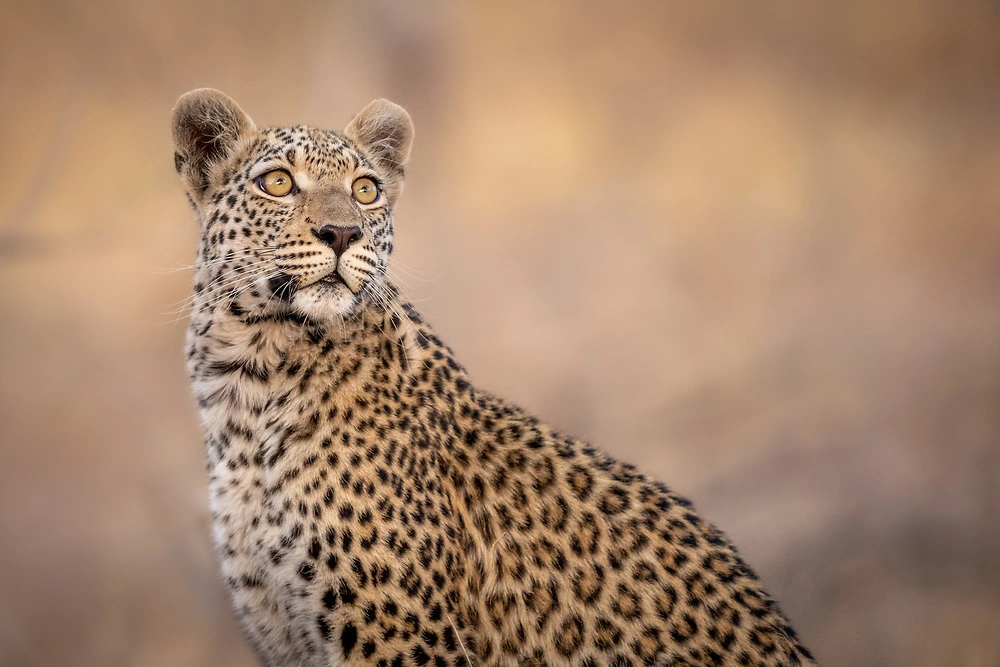
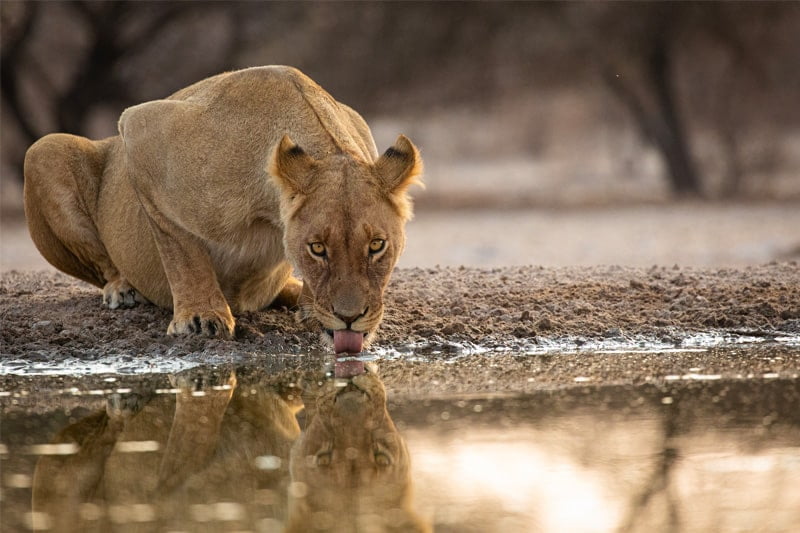
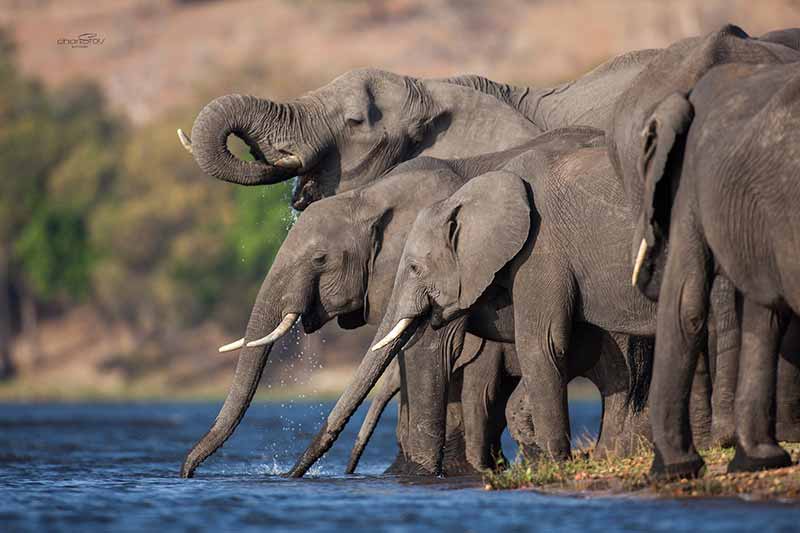
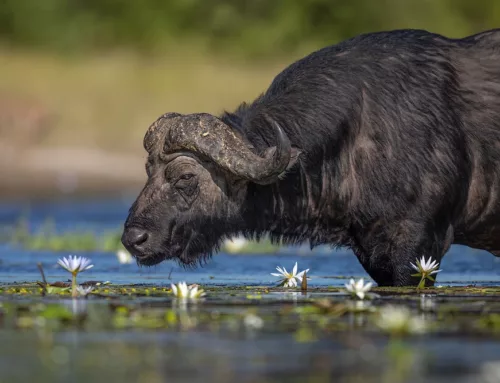
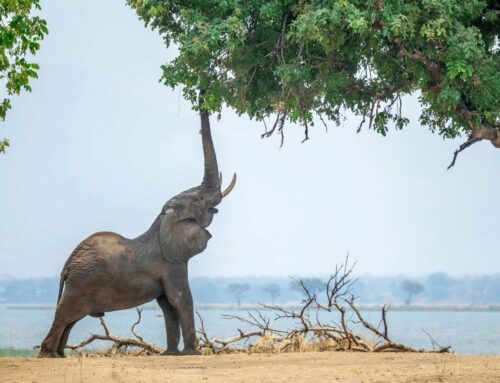
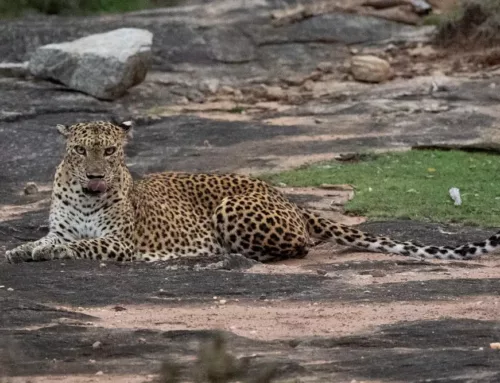
Leave A Comment
You must be logged in to post a comment.